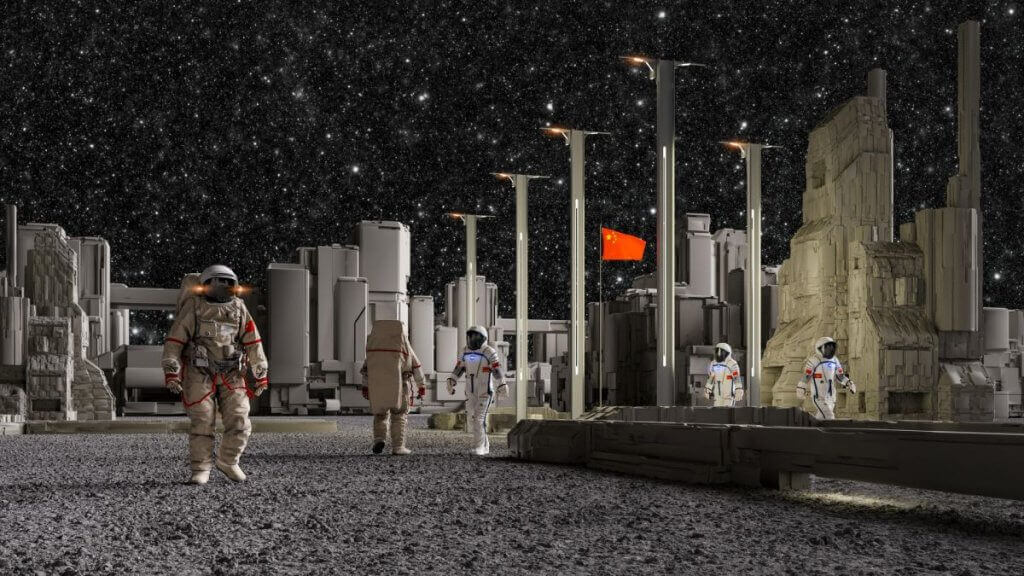China will definitely put boots on the moon within the next seven years, according to a leading Chinese lunar scientist.
“By 2030, the Chinese people will definitely be able to set foot on the moon. That’s not a problem,” Wu Weiren, chief designer of China’s lunar exploration program, told Chinese broadcaster CCTV on April 18, ahead of the country’s national “space day” on April 24.
China is already working on the necessary hardware for landing astronauts on the moon. The country is developing a next-generation rocket to launch an upgraded crew spacecraft, while work is underway on a lunar lander.
Related: Not just Artemis: China and Russia plan to put boots on the moon, too
The new rocket is scheduled for a test flight in 2027, while the new spacecraft has already flown an uncrewed mission.
Wu Yansheng, chairman of China Aerospace Science and Technology Corporation (CASC), the country’s main space contractor, presented an animated sequence earlier this year giving an impression of what the future Chinese crewed lunar landing might look like.
The mission referred to by Wu Weiren would allow a short-term stay on the lunar surface. But China is also eyeing building a permanent base, known as the International Lunar Research Station, which is planned to be constructed in the 2030s.
The first steps for this ambitious project include robotic missions to the lunar south pole to test using 3D printing technology to create Lego-like bricks from lunar soil.
“For questions of whether we can build a house, make bricks and have access to communication services on the moon, they are expected to be verified by Chang’e 8 experiments, which will provide a guarantee for large-scale lunar scientific exploration in future,” Wu said, referring to a robotic mission scheduled to launch in 2028.
China is also seeking partners for the venture, just as the United States is drawing support for its Artemis program.
“The International Lunar Research Station built by China is open [to international partners]. We welcome the participation of developed countries such as the United States and European countries. We also hope that BRICS countries and some developing African countries will join us,” Wu said. (BRICS is short for Brazil, Russia, India, China and South Africa.)
“We have put forward an initiative for all to sign contracts, deals or strategic agreements of intent.”
Follow us @Spacedotcom (opens in new tab), or on Facebook (opens in new tab) and Instagram (opens in new tab).

